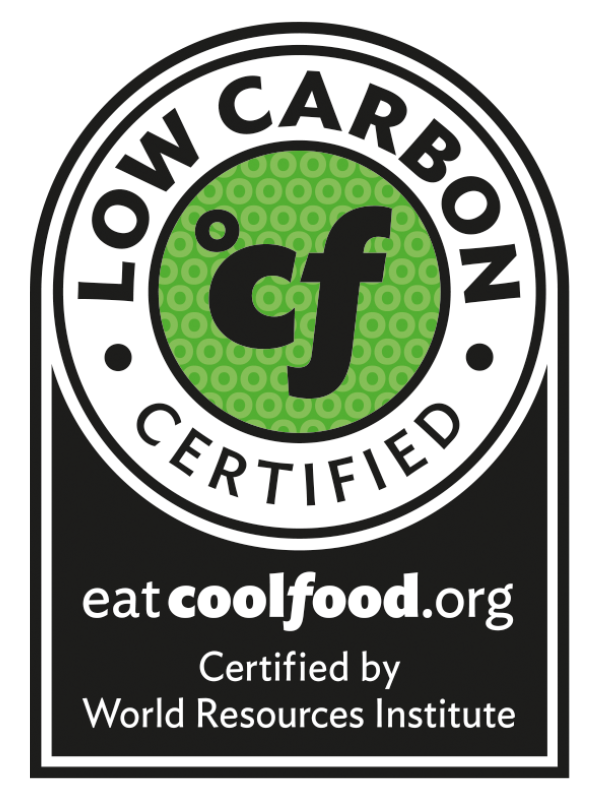
(Image: Jari Hytönen/Unsplash)
It’s easy to spot vegan, vegetarian and gluten-free options by scanning restaurant menus for the corresponding letters: VG, V and GF. Common sustainable restaurant labels that feature a blue fish, a frog or an acronym in a circle, on the other hand, probably aren’t self-explanatory enough to be the deciding factor as you debate between the veggie burger and the grilled salmon.
Third-party certification badges play a crucial role in verifying sustainability claims, but they're only helpful when you know what they mean. Explaining the criteria behind these labels isn’t as easy as tacking “VG = vegan” to the bottom of the page, but once you learn to recognize them, you'll start to notice them more and more at restaurants that tout themselves as sustainable. Read on to learn how to decode these menu messages at a sustainable restaurant near you.

The Food Made Good Standard
“The Food Made Good Standard is the only global sustainability certification designed especially for the foodservice industry,” according to the Sustainable Restaurant Association, which runs the program. Requirements span all aspects of how restaurants do business, including sourcing, impacts on society and impacts on the environment.
Sourcing requirements, for example, include increasing the number of plant-based options on offer and having long-term, mutually beneficial relationships with farmers and fishers. The society pillar includes treating staff fairly and making the business accessible to all community members, while the environmental requirements include reducing the restaurant’s environmental footprint and food waste.
More than 10,500 kitchens across 73 countries earned this accreditation, according to the Sustainable Restaurant Association.
The Coolfood Pledge
Organizations that join the Coolfood Pledge commit to reducing food-related greenhouse gas emissions by 25 percent by 2030, and the Coolfood team helps to guide them through the process. The nonprofit World Resources Institute analyzes the food that participating kitchens purchase each year to determine their climate impacts, and each restaurant receives an annual report that breaks down their emissions by food type and compares yearly trends.
The initiative also offers a Coolfood Meals badge to designate climate-friendly menu items. To earn the badge, a meal’s carbon footprint must align with a threshold established by the World Resource Institute to meet the emission reduction goals set in the global Paris Agreement on climate change. For a breakfast in the United States, that’s 3.81 kilograms of carbon emissions per portion.
In total, organizations taking part in the pledge serve 2.1 billion meals per year. The full list is available here.
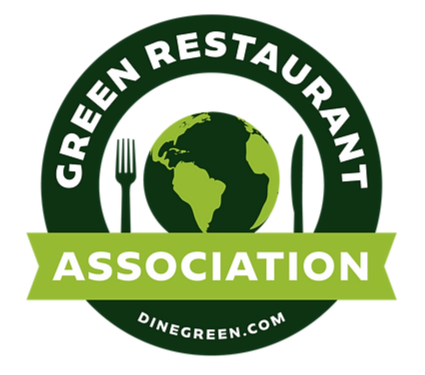
Green Restaurant Association certification and badges
The Green Restaurant Association standards are based on over 30 years of restaurant and environmental research. They were designed to measure restaurants’ environmental accomplishments while encouraging them to continue improving their efforts. Participating restaurants earn “GreenPoints” based on performance in categories like energy use, waste, chemicals, pollution, education and transparency.
For example, a restaurant earns one point in the food category for growing greens or herbs on-site. It earns 15 points for using seafood recommended by the sustainable seafood certifiers Seafood Watch and Ocean Wise.
Once enough points are earned across different categories, it becomes a Certified Green Restaurant. Obtaining more points leads to a higher sustainable restaurant certification level and additional badges for things like reaching near-zero waste or using clean chemicals.
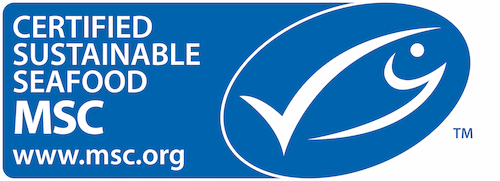
The MSC blue fish label
Seafood products bearing the blue fish label are certified by the Marine Stewardship Council. It's the most recognized seafood certification in the world, and you'll see the label on restaurant menus and at grocery stores.
Independent surveillance audits and DNA testing are used to prove the seafood comes from sustainable sources. Sustainable fisheries that meet the MSC Fisheries Standard leave enough fish in the sea to reproduce, their environmental impact is minimal and carefully managed, they follow relevant laws, and they can respond quickly to changes in the industry status quo. The standards are developed and reviewed with scientists, industry experts and conservation groups.

Rainforest Alliance Certification
Seeing this little blue frog on a product or restaurant menu means the company prioritizes social, economic and environmental sustainability in its supply chain by meeting the Rainforest Alliance Sustainable Agriculture Standard. This program is committed to protecting forests, the climate, human rights and farmers’ livelihoods.
For farms, that means creating safe, fair working conditions and enriching the land through regenerative agricultural practices, such as not tilling fields and avoiding synthetic fertilizers. For other businesses, it means committing to “responsible business practices and transparency from farm to shelf,” according to the alliance.
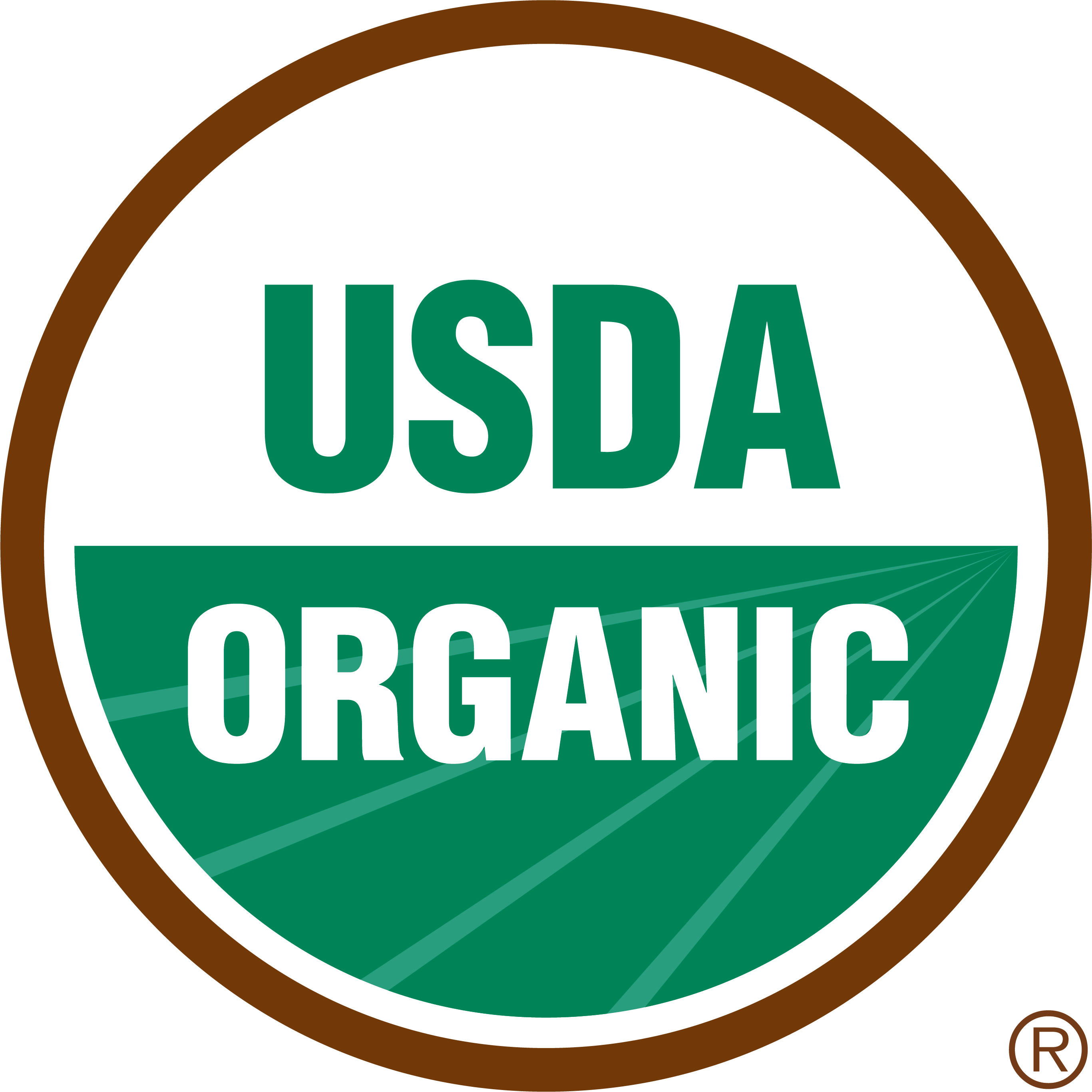
USDA Organic Certification
Different requirements are set for the United States Department of Agriculture (USDA) organic seal based on the product. In general, the practices used to produce certified organic foods must cycle resources, conserve biodiversity and preserve ecological balance. Produce and grains, for example, can only be grown with natural fertilizers, eco-friendly pest control, and agricultural practices that protect soil and water, like crop rotation and planting cover crops.
To earn the certification, the farm or business’ practices are reviewed and approved by an accredited certifying agent. Organizations that pass are inspected again each year, and products are traced from the farm to the store.
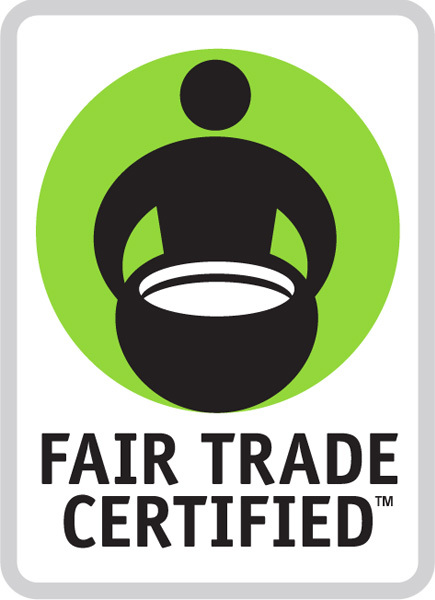
Fair Trade Certified license
The Fair Trade Certified license is given to businesses that act as importers, exporters, manufacturers, distributors, or other parts of the supply chain. The label is designed to put people and the planet first, ensuring that products are “grown, harvested, manufactured, and traded in ways that improve livelihoods and protect the environment,” according to the organization. It supports safe working conditions, environmental protection, sustainable livelihoods and community development funds.
To earn the license, businesses must meet Fair Trade USA’s Trade Standard, which focuses on social, environmental and economic requirements. Among other tasks, those seeking certification need to meet labor and environmental laws, meet minimum payment requirements and regularly report on their transactions.
Be wary of vague claims
Third-party verification are created to ensure that sustainability claims are true. Be wary of vague statements like “eco-friendly” and “sustainable,” which are immeasurable and don’t require scientific proof. Even terms like “locally grown” are unregulated.
The best way to assess these claims is at the source. If you're curious about a self-proclaimed sustainable restaurant nearby, check out their website or menu for a transparent explanation, or ask about things like how they work with farmers or source their ingredients on your next visit.
This story is part of Entertainment Month in TriplePundit's Sustainable Living Challenge, where we unpack simple ways to save money and reduce environmental impact in the ways we have fun. Learn more and take the challenge here.

Taylor’s work spans print, podcasts, photography and radio. She brings her passion for covering social and environmental issues through the lens of solutions journalism to her work as assistant editor.



